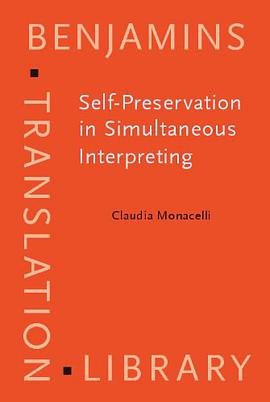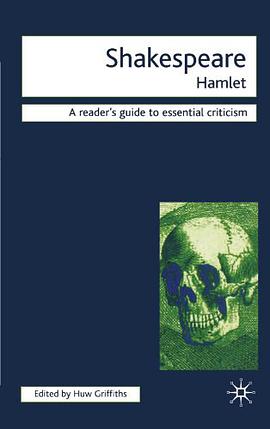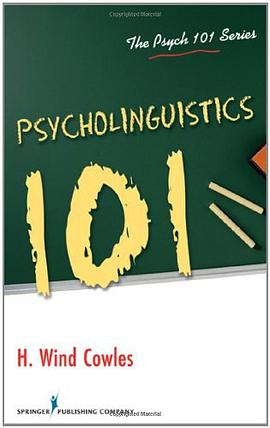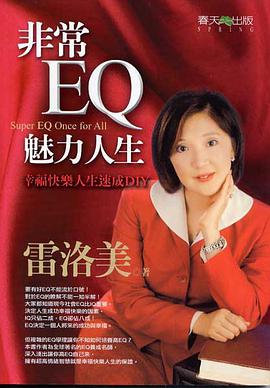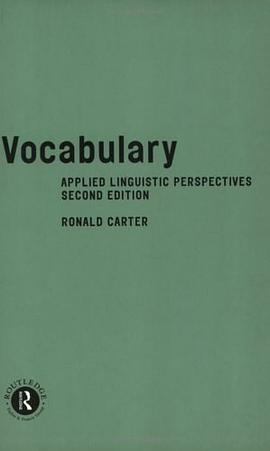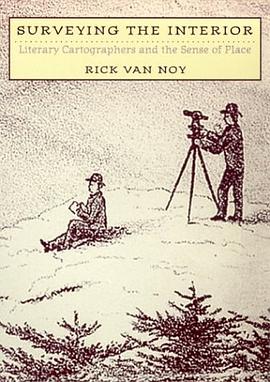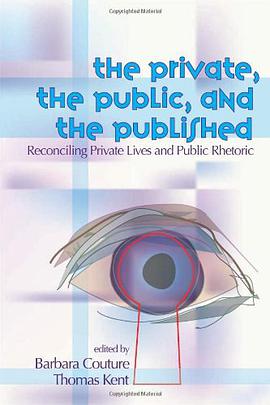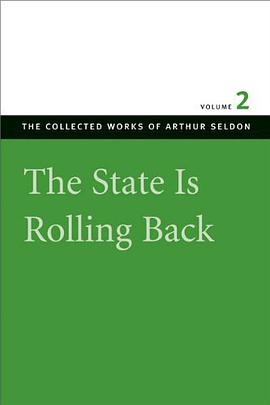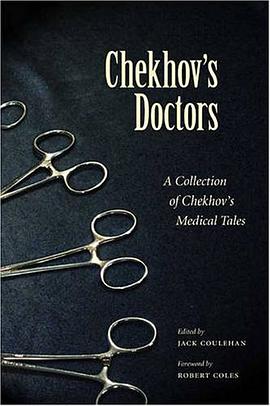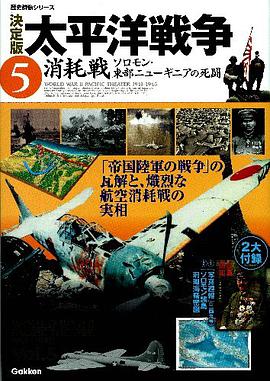Acknowledgements ix
Preface xi
Abbreviations xv
List of tables xvii
List of figures xix
Transcription key xxi
chapter 1 Introduction 1
1.1 Working hypothesis and aims of the study 5
1.2 Method of investigation and research issues 6
1.3 Content and structure of the volume 8
chapter 2 Interpreting as a system 9
2.1 The social organization of the profession 10
2.2 A discussion of norms 14
2.2.1 Initial discussion of norms 14
2.2.2 Development of a discussion on norms 15
2.2.3 A discussion on norms in conference interpreting today 17
2.3 A cultural turn: Power and ideology 20
2.4 Norms and ethics 24
chapter 3 Methodology and corpus 29
3.1 Research design 29
3.2 Corpus 33
3.2.1 Subjects and briefing sessions 33
3.2.2 Texts 35
3.2.2.1 Spontaneity index of speeches 36
3.2.2.2 Discourse levels of representation 38
3.3 Reliability and validity 38
chapter 4 From system dynamics onward 41
4.1 Autopoietic theory 42
4.1.1 Autopoiesis and autonomy 45
4.1.2 Experience and the observer 47
4.1.3 Organization and structure 48
4.1.4 Structural determinism and structural coupling 49
4.2 A system dynamics perspective on text instantiation 50
4.3 Operationalizing survival 53
4.3.1 Self-regulatory goals 56
4.3.2 Mechanisms of self-regulatory breakdown 57
chapter 5 Simultaneous interpreting as communicative interaction 61
5.1 Simultaneous interpreting as situated activity 61
5.1.1 The context of interpreting 63
5.1.2 Participation framework in the interpreting event 69
5.1.3 Interactional patterns in the domain of interpreting 73
5.2 Self-regulatory participation framework and interactional politeness 76
5.2.1 Audience design and participation framework 77
5.2.2 Face-work 79
5.3 Concluding remarks 84
chapter 6 Participation framework and interactional politeness in corpus 87
6.1 Stance 94
6.2 Voice 101
6.3 Face 108
6.3.1 Mood and modality 108
6.3.2 Threats to face 113
6.3.2.1 Omissions 115
6.3.2.2 Additions 120
6.3.2.3 Weakening 122
6.3.2.4 Strengthening 124
6.4 Selection of relevant linguistic categories 125
6.4.1 Spatial stance 125
6.4.1.1 Physical space 125
6.4.1.2 Textual space 126
6.4.2 Temporal stance 128
6.5 Concluding remarks 130
chapter 7 Discussion 133
7.1 Analytical profile 133
7.1.1 Role dimensions as distinguished by self-regulatory behavior 135
7.1.1.1 Professional dimension 136
7.1.1.2 Personal dimension 137
7.1.1.3 Inter-dimension 138
7.1.1.4 Participation framework and role dimensions 141
7.1.2 Positioning 142
7.1.3 Talk 143
7.1.3.1 Agency and attitude 143
7.1.3.2 Face-work 144
7.2 Explanatory hypothesis: A system dynamics perspective 146
7.2.1 Dynamic equilibrium 146
7.2.2 Normative processes 147
7.3 Operational awareness 148
7.3.1 Debriefing protocols 149
7.3.2 Protocol analysis 151
7.3.2.1 Briefing vs. debriefing data 153
7.3.2.2 Operational awareness and professional association 153
chapter 8 Conclusion 155
8.1 Problems of implementation 156
8.1.1 Briefing and debriefing phases 156
8.1.2 Problems related to textual analysis 157
8.2 Main findings of the study 158
8.3 Relevance of present study 159
8.4 Limitations of the study 160
8.5 Indications for further research 161
References 165
Appendix: Glossary of terms 175
Index 179
· · · · · · (
收起)
